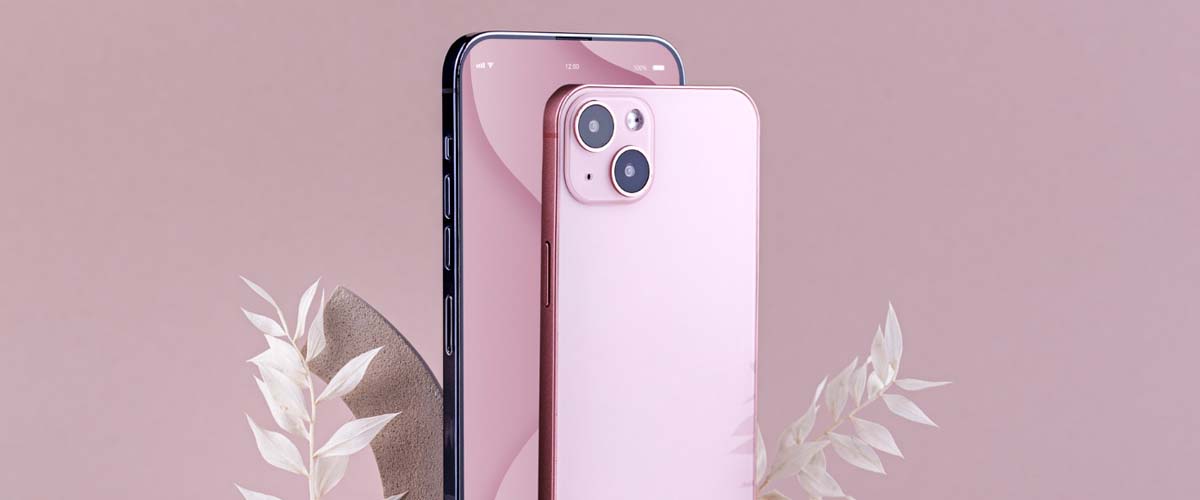The feminist movement has long used fashion to challenge traditional gender roles and promote women’s rights.
- 1920s Flappers: Women embraced shorter skirts and bobbed hair, symbolizing newfound independence and defiance of conventional gender expectations.
- 1960s and 1970s: The rise of women’s liberation saw fashion become a form of protest, with women rejecting restrictive clothing for more comfortable and functional attire like pantsuits and jeans.
- Modern Feminism: In recent years, the “power suit” and casual streetwear have emerged as symbols of female empowerment, as women assert their presence in corporate and public spaces. Fashion brands now highlight inclusivity, with many championing body positivity and promoting diverse representations of women.
Fashion and Civil Rights
Clothing has also played a central role in civil rights movements, with individuals and groups using their outfits to make political statements.
- The Black Power Movement: In the 1960s and 1970s, the raised fist symbol, worn on clothing, became synonymous with Black power and pride. African American leaders like Malcolm X and Angela Davis influenced fashion by embracing Afrocentric styles, including natural hairstyles and bold, ethnic prints.
- The Civil Rights Era: During the 1960s, activists used their clothing to assert dignity and challenge segregation. For example, the Montgomery Bus Boycott saw African American women wear dignified, simple dresses as a form of resistance against discriminatory laws.
LGBTQ+ Rights and Fashion
Fashion has been instrumental in expressing LGBTQ+ identities and challenging societal views on gender and sexuality.




